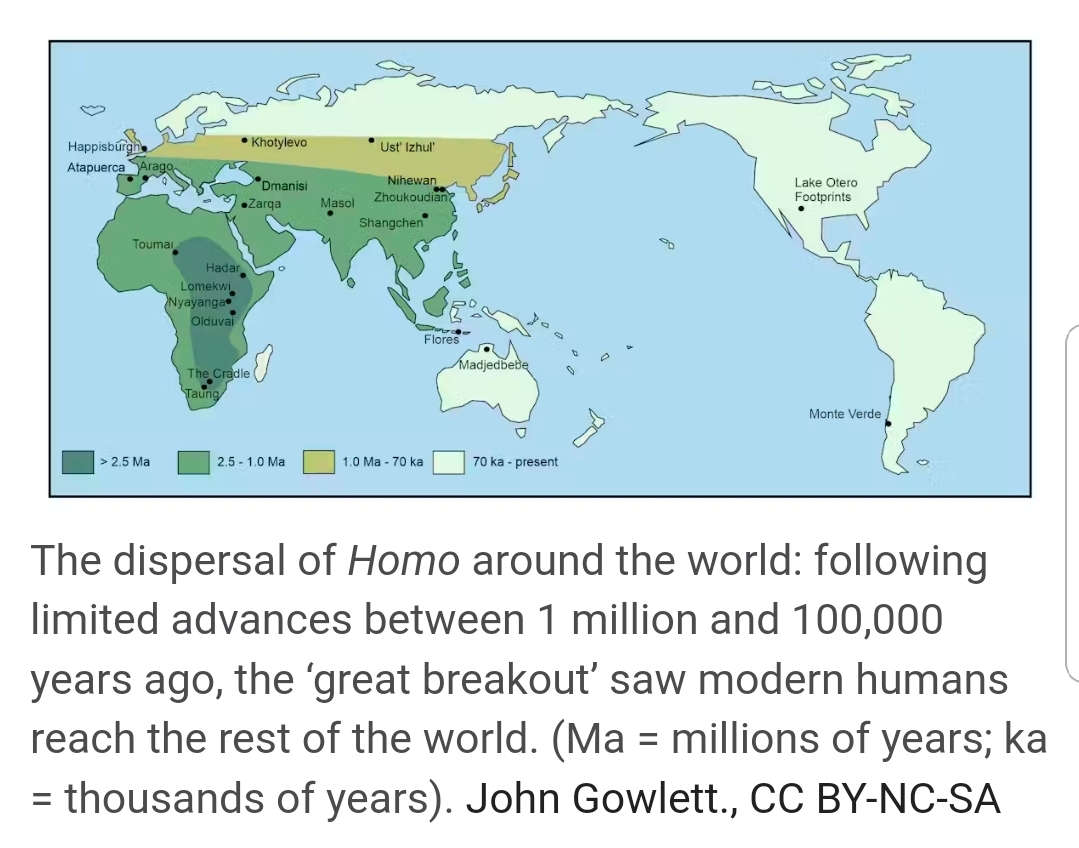<< In pursuit of knowledge, the evolution of humanity ranks with the origins of life and the universe. And yet, except when an exciting find hits the headlines, palaeoanthropology and its related fields have gained far less scientific support and funding – particularly for scientists and institutions based in the African countries where so many landmark discoveries have occurred. >>️
<< Even the term “human” is arguable. Many scholars reserve it for modern humans like us, even though we have Neanderthal genes and they shared at least 90% of our hominin history from its beginnings around 8 million years ago. The essence of hominin evolution ever since has been gradual change, with occasional rapid phases. The record of evolution in our own genus, Homo, is already full enough to show we cannot separate ourselves with hard lines. >>️
<< Nonetheless, there is enough consensus to thread the story of human evolution all the way from early apes to modern humanity. Most of this story centres on Africa, of course, where countries such as Kenya, South Africa and Ethiopia are rightly proud of their heritage as “cradles of humankind” – providing many of their schoolchildren with a much fuller answer then those in the west to this deceptively simple question: how did we get here? >>️
John Gowlett. The whole story of human evolution – from ancient apes via Lucy to us – in one long read. theconversation.com. Nov 25, 2024.
Also: Nomads, evolution, in https://www.inkgmr.net/kwrds.html
Keywords: Nomads, evolution

